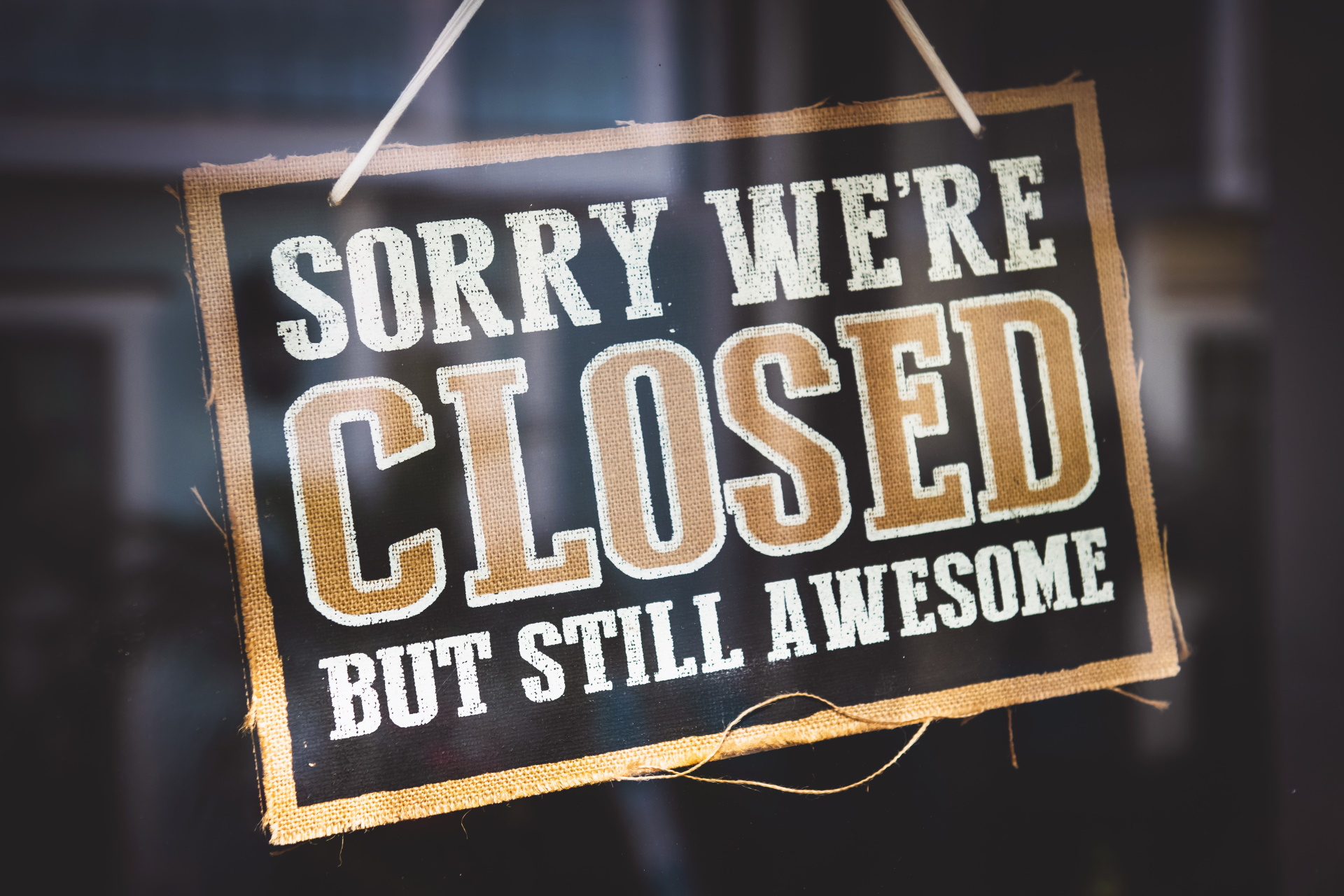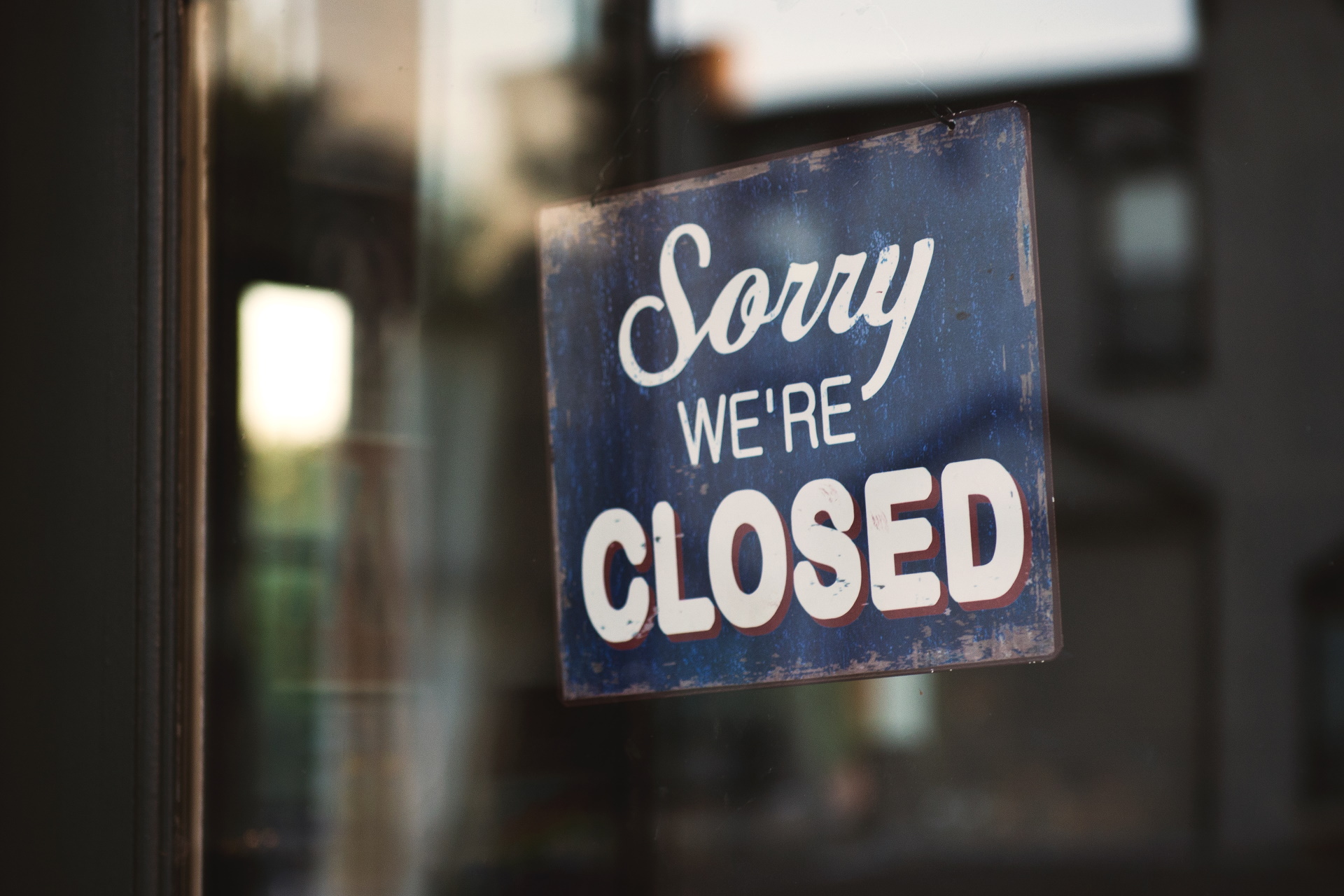How to sell a business amid the coronavirus pandemic

It is no longer “business as usual”. We all know it. The current pandemic will affect us and our businesses for the years to come. Some will thrive, others wither, and some will die. This is not some strange poetry; it has always been the story of doing business. The state of doing business amid the coronavirus pandemic takes this to a whole new level. Like any entrepreneur, you want to be in the first category; but if you feel it is time to cut your losses and sell before your business ends up in the casualty column of our government business statistics, read on for some tips on how to sell a business amid the coronavirus pandemic.
Please keep in mind that we do not pretend to be lawyers, financial planners or business brokers. Before you take any of these tips to action, please consult with your professional advisers.
Assess the state of your business.
To know where you are going, you need to know where you are and where you have been. That sounds easy, but it is easier said than done. You will need to take a hard look at your current position:
- What were my orders like pre-coronavirus?
- What are my current orders now?
- Do I still have a reliable supply chain?
- Do I still have enough staff willing to come in and work, in good health, to handle current orders?
- Are clients still there?
- What measures do I have in place to keep my staff, my clients, myself and our families safe?
- What are my current marketing strategies?
- How did I fare against my competitors, pre-coronavirus?
- How do I fare against my competitors now?
You may realize that orders are still good, or on the contrary abysmal; that your once reliable supplier is no longer reliable, and you need an alternative. No matter the result, do not panic. Remember, you are an entrepreneur… Business comes with risks and challenges, you have faced them before, and you can face and rise to them again.
If you are having difficulty answering these questions, perhaps it is time to optimize your organisation, update your on-going business plan, gather data that you should have had on hand prior to the pandemic. How is this helping you sell a business amid the coronavirus pandemic? Selling a business to a qualified buyer is exactly like selling your business plan to the bank when you first started your business. They too will want to know that you do know your industry, your market share and your competition. They will want to know that you have your ducks in a row; that a change at the helm will mean smooth sailing, not a rapid wreck in the reefs.
With a little help from my friends…

You can always ask the help of your accountant, financial advisors and business advisors for help. If your staff is temporarily laid off, waiting for business to spring back to life, perhaps you can get the help of some of your most trusted employees with some research on your competitors or new suppliers from home. While you may be paying them for doing something entirely different than their usual job, it will be time well worth the money if it helps you straighten your affairs, whether you end up keeping or selling your business.
As a bonus, you will retain your employee in your service and will help them go through the crisis as well. Make sure to visit your federal, provincial or state government website for measures you may be eligible for to help you go through the covid-19 pandemic. They may have financial aid, subsidies or services available to you.
Analyze and correct the situation
So orders have completely melted; Fred, your reliable supplier as gone AWOL; Jim, Robert and Agnes won’t come in until they feel safe, even if you want to hire them back; your marketing strategy as been the same for the last 10 years… That is it! You are toasted, done and gone. Now is not the time to mope. Now, more than ever, you must think like an entrepreneur starting a brand-new business, even if your goal is to sell said business. Why? Because you need to bring that business back to life, make it interesting to potential buyers and reap the benefits of all those years of hard work. So where to start?
Let’s see some different scenarios
Scenario 1: I have plenty of orders

The good news is that you still have plenty of orders! That is great news! Unfortunately, the bad news is:
- That one or several suppliers are no longer supplying
- You do not have enough staff anymore
- Your workplace is ill equipped to maintain the safety of your employees
Do not panic, you are among the lucky ones, you still have orders. Suppliers are facing problems as well, so you can stick with your unreliable supplier, or you can search for one or more suppliers for your current and future orders. While some suppliers have difficulty delivering for all sorts of reasons, some are in fact looking for clients as their current client base dwindles. This on the other hand may bring some changes to the way you work, or it may change your product. It is up to you to figure out what will work or not for your business. If you go through this process, identify several suppliers, you can bullet proof your supply chain for now and for the future. A business with a sound supply chain, with backup plans in place is always appealing to a potential buyer.
Where is everybody!
Your staff, given the proper protection gear and safety measures in place, will come back. If they do not, you might have to hire and train new employees. The good and the bad news here is that there are currently millions of people willing to work. It may take some time to find and train more people, but in all cases, you will need to put some safety measures in place. You may even need to rethink the entire workspace so that people have a safe distance between each other, ways to open / close the doors without touching them etc. There are solutions readily available if you know what problem you want to fix. Google can be your best friend in this search.
Let us see a different scenario.
Scenario 2: Where are my orders?

The good news is, you still have the staff and suppliers… but you no longer have orders. Now that is the worst situation to be in. But you were there before when you first started. You had a brilliant business idea, some great products and services and no clients to pitch to. What you need to think about now is why and how to get the orders rolling again. If your products are no longer in demand, can you quickly change your production to something that is? We heard masks, ventilators and hand sanitizing gels are in high demand worldwide.
Those are obvious examples, but there are others; think about what hospitals, paramedics, police officers and other front-line workers need, but think about what people stuck at home need as well. Kids still need schooling, entertainment is necessary, food must be delivered safely. Eventually, before the pandemic is over, all those people will need to go out and protect themselves somehow. It is time to re-invent your business, even if this is a temporary solution. How is this helping you sell a business amid the coronavirus pandemic? The key to selling your business in these times is to show resilience, foresight and adaptability.
Nothing lost, nothing gained
Perhaps your orders have not disappeared, perhaps they have gone elsewhere. In this time of crisis, some have lowered their prices, others their marketing. They still sell the same things, at the same price or even at higher prices, but they do get the people thanks to a different approach to marketing.
We have all seen commercials that turns isolation into a community affair, with “closer together, away from each other” style messaging. Companies have taken to thanking front line workers without ever mentioning their products or services, but still find a way to tie in their businesses. Some have switched from face to face marketing to online, print or media marketing.
Whatever your current marketing strategies are, they need to be adapted to the current world. There are tons of articles on marketing strategies for the current coronavirus pandemic available online with a quick search. Find one that fits your business style and industry, but do not be afraid to look what other industries are doing, it may well be working for yours.
Scenario 3: I have orders, I have suppliers, but I cannot operate.

Since the start of the crisis, all Canadian provinces and most of the states have been mostly closed for business. Only businesses deemed essential have been allowed to remain open and in some case with severe restrictions to which they had to adapt. In this scenario, the good news is, you have orders, you have suppliers, but your workplace is either non-essential or does not meet the restrictions criteria to be opened.
If this is your situation, you most likely had to lay off your staff temporarily and before you can bring them back in, you will need to rethink your workspace so that a safe distance can be kept between employees. You may have to think about production methods as well, perhaps think about providing additional safety equipment. The difficulty here is that this can change your whole operation and you will need to ask yourself these questions:
- Do you have enough space to re-arrange each workstation so that every worker is at a safe distance from one another?
- Does the new configuration allow your staff to work as efficiently as before?
- Do you need to change your production methods?
- How do you protect your staff, from Josie the receptionist, to Joe the maintenance guy and everyone in between?
- How much will all these changes cost?
- Once all the changes are in place, will you have the same productivity at the same cost?
- Will you still be profitable?
One step back, two step forward
This situation poses some serious challenges but opportunities as well. By thinking about these points, you may have the opportunity to streamline your operations, have your staff work more efficiently and therefore turn the investment into higher profits. It is also possible on the contrary, that you will find that you need to downsize in order to stay alive and profitable and as streamlined and efficient as you will become, you will need to do so with less staff, or fewer stations and therefore have a lesser output.
As sad as this may be, it is better to downsize now to thrive again later, than closing altogether. You may also see this situation as an opportunity to move into a bigger location to maintain your current volume. In the end, your goal is to stay safe, alive and profitable. All these changes you will put in motion will only show potential buyers that you have led your ship through the storm.
One thing is sure, you need to think and plan those things now so you can re-open your business the day your local government allows it. You do not want to be on the sideline starting to plan when your competitors are running off the starting blocks.
Work together
While we all look at our individual problems, perhaps solving them is a community affair. Yes, your goal is to save your business, but you may need the help of a competitor in saving your industry, which in turn may save your business, which in turns saves jobs and so on. We are all in it together, so let’s work together.
Perhaps you can discuss the problems you and your local competitors have and join forces in complementing each other. Perhaps business A is short a welder but has a ton of stainless sitting in the warehouse and Business B is short on steel but has a welder sitting on the bench. Exchanging services can help both businesses fulfill their orders, keep their clients, maintain business in their region and survive.
All is fair in love and war
This doesn’t mean you have to be best buddies or forget you are competing businesses. It only means that in these exceptional times, you may have to do some exceptional things. So how does this help you sell a business amid the coronavirus pandemic?
Reaching out to the competition is not only a good way to help your industry and your business survive, but it might also be a good way to sell your business as well. After all your competition might be interested in buying your business and working together, that sale may come organically. It may also be beneficial to your local competitor to buy your business rather than having someone else take your business over. That someone else might be a bigger player which will turn into a fierce competitor that might chew into their market shares.
Conclusion

While the proposed tips in this article may not apply to your situation, there are only a few things to remember. Think outside the box, find ways to drum up business and show that your business is resilient and adaptable. Only then will your business show its potential and value to a potential buyer. If you sell your business because its out of clients, out of suppliers and out staff, you are not selling a business; your selling assets, and that is the end of your business.
We hope these tips on how to sell a business amid the coronavirus pandemic can help you prepare your business for a profitable future or sale. When you are ready to sell your business, GoBuyBiz.com is the marketplace to find, sell or buy your business online.
